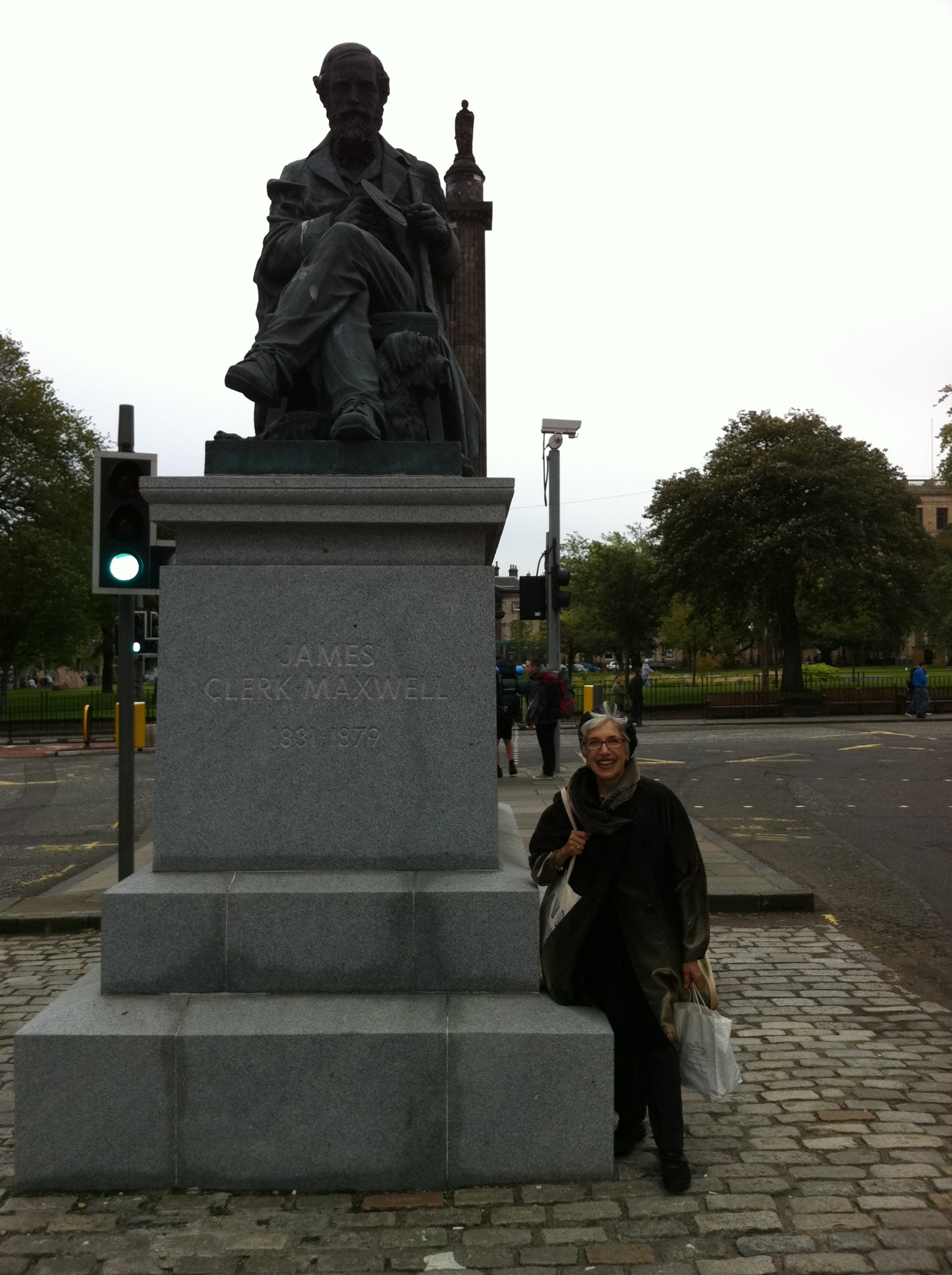Being interviewed by NPR's science correspondent Joe Palca would have been thrill enough, but he also chose the perfect venue for our meeting on Thursday (October 27) -- at the Dibner Library of the History of Science & Technology, a trove of rare books and manuscripts tucked inside the National Museum of American History on the Mall in Washington, D.C. Set out on a table for our inspection was a pristine looking first edition of Copernicus's great book, On the Revolutions of the Heavenly Spheres. Next to it sat the much rarer First Account of his heliocentric theory, written by his only student, Georg Joachim Rheticus. The two sixteenth-century titles served us well as conversation pieces.
After weeks in and out of bookstores, seeing hundreds of new hardcovers, paperbacks, and e-reader accoutrements, I found myself startled anew into appreciation of early books as sturdy artifacts.
Copernicus was covered in a deep brown tooled leather. Rheticus wore white. He shared his elaborate binding (held closed by two antique clasps in good working condition) with a set of astronomical tables by his mentor Johann Schöner, plus eight other related tracts from famed cosmologists of his own and earlier eras. Since book buyers in the 1500s purchased treatises unbound, they could create custom volumes according to their personal tastes.
Palca and I delighted in the texture of the pages, which felt more like fine fabric than paper. The librarian looking over our shoulders, Kirsten VanderVeen, attributed their creamy durability to a rag content of predominantly pure linen.
On close inspection, the Copernicus displayed a hole drilled through a succession of chapters by a bookworm. The insect had eschewed the ink as it ate its way through On the Revolutions, leaving the text unexpurgated.



